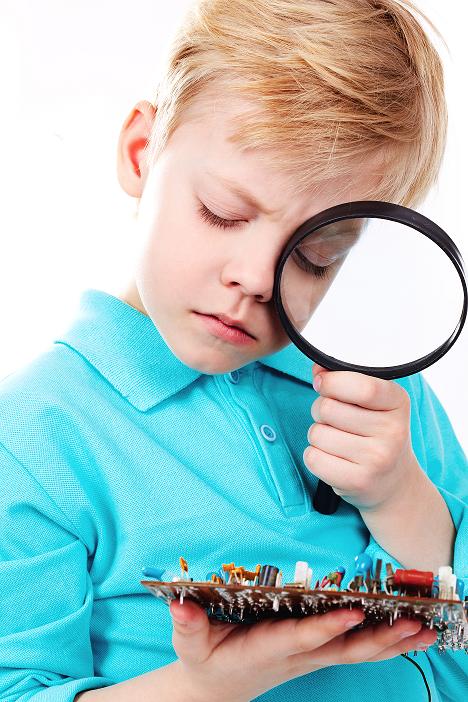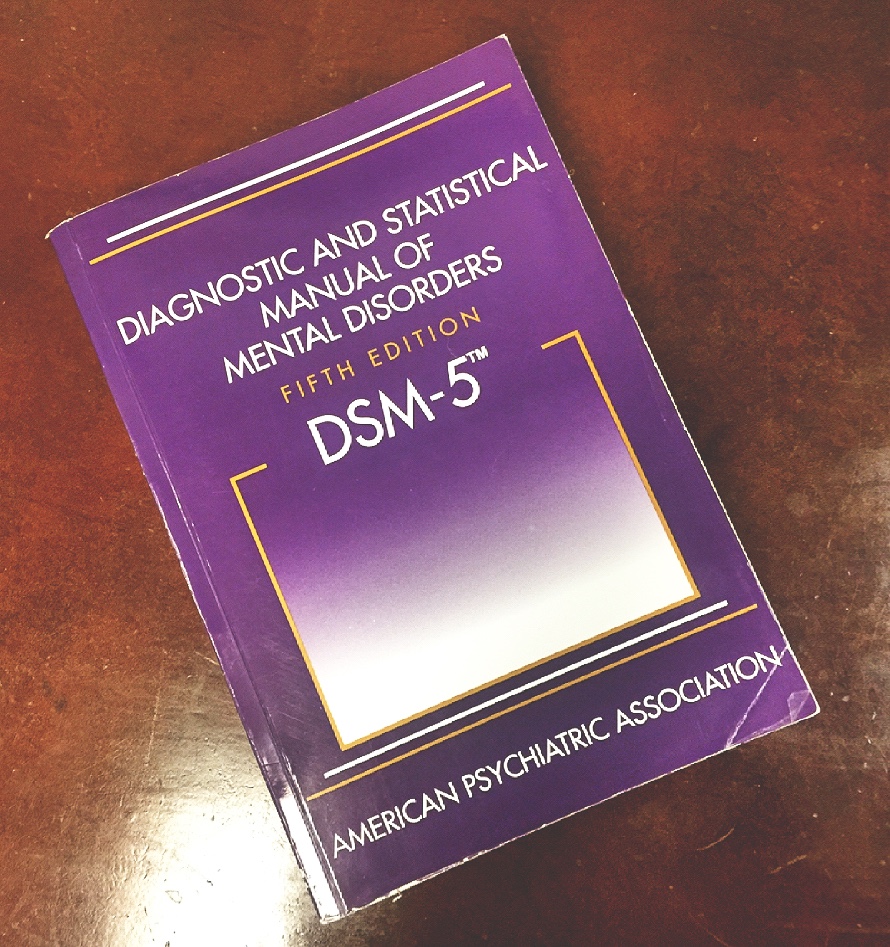
Unraveling the Enigma of the Autism Spectrum
By Carolyn Knarr, MSW, LCSW, Director of Children’s Therapeutic Services
Autism is one of the most misunderstood childhood disorders. Many myths abound concerning characteristics of children with autism. Changes in the diagnosis criteria have added to the confusion, including the deletion of the Asperger’s diagnosis.
So, what is autism, and how is it diagnosed?
According to the DSM-5, the manual that mental health professionals must use to diagnose clients, the following are necessary for a child to receive an autism spectrum diagnosis:
 A. Persistent deficits in social communication and social interaction across multiple contexts, as manifested by the following, currently or by history:
A. Persistent deficits in social communication and social interaction across multiple contexts, as manifested by the following, currently or by history:
- Deficits in social-emotional reciprocity, ranging, for example, from abnormal social approach and failure of normal back-and-forth conversation; to reduced sharing of interests, emotions, or affect; to failure to initiate or respond to social interactions.
- Deficits in nonverbal communicative behaviors used for social interaction, ranging, for example, from poorly integrated verbal and nonverbal communication; to abnormalities in eye contact and body language or deficits in understanding and use of gestures; to a total lack of facial expressions and nonverbal communication.
- Deficits in developing, maintaining, and understanding relationships, ranging, for example, from difficulties adjusting behavior to suit various social contexts; to difficulties in sharing imaginative play or in making friends; to absence of interest in peers.
B. Restricted, repetitive patterns of behavior, interests, or activities, as manifested by at least two of the following, currently or by history (examples are illustrative, not exhaustive; see text):
- Stereotyped or repetitive motor movements, use of objects, or speech (e.g., simple motor stereotypies, lining up toys or flipping objects, echolalia, idiosyncratic phrases).
- Insistence on sameness, inflexible adherence to routines, or ritualized patterns or verbal nonverbal behavior (e.g., extreme distress at small changes, difficulties with transitions, rigid thinking patterns, greeting rituals, need to take same route or eat food every day).
- Highly restricted, fixated interests that are abnormal in intensity or focus (e.g, strong attachment to or preoccupation with unusual objects, excessively circumscribed or perseverative interest).
- Hyper- or hypo-reactivity to sensory input or unusual interests in sensory aspects of the environment (e.g., apparent indifference to pain/temperature, adverse response to specific sounds or textures, excessive smelling or touching of objects, visual fascination with lights or movement).
C. Symptoms must be present in the early developmental period (but may not become fully manifest until social demands exceed limited capacities, or may be masked by learned strategies in later life).
D. Symptoms cause clinically significant impairment in social, occupational, or other important areas of current functioning.
E. These disturbances are not better explained by intellectual disability (intellectual developmental disorder) or global developmental delay. Intellectual disability and autism spectrum disorder frequently co-occur; to make comorbid diagnoses of autism spectrum disorder and intellectual disability, social communication should be below that expected for general developmental level.
Many mistakenly believe that a child with autism doesn’t make eye contact, that they don’t care about other’s feelings, that they don’t interact with others, or that they don’t express emotions. Although this may occasionally be true of a particular individual with autism, it is rare. Most children with autism do make eye contact but sometimes not when they are talking. Also, they care very much about other’s feelings but cannot read nonverbal cues which help them understand how someone may be feeling. They want to have friends but have difficulty forming and maintaining peer relationships. And they express a full range of emotions but may have difficulty regulating their emotions.
Autism stems from biological conditions that affect brain development and, for many individuals, is a lifelong condition. Recent research has shown that children with high functioning, “Level 1” autism can make enough improvement after intensive early intervention to “test out” of the autism diagnosis. This is more evidence for the importance of addressing autism when the first signs appear (Autism Speaks, 2014).

 About the Author:
About the Author:
Carolyn Knarr earned her Master’s Degree from Washington University, and has been counseling for over 20 years. She is a member of the National Association of Social Workers, and is a licensed clinical social worker.
Carolyn has a strong background in working with children and adolescents with ADHD, attachment disorder, trauma, bipolar disorder, and Asperger’s. She works closely with their families to help them with the emotional and behavioral aspects of these disorders. She utilizes play therapy, family therapy, and cognitive behavioral therapy, and is qualified to do psychological assessments with children. Carolyn also sees adult clients, couples, and families.
Through counseling, Carolyn helps her clients look at past and present relationship issues, communication patterns, and the potential for healing and growth.





